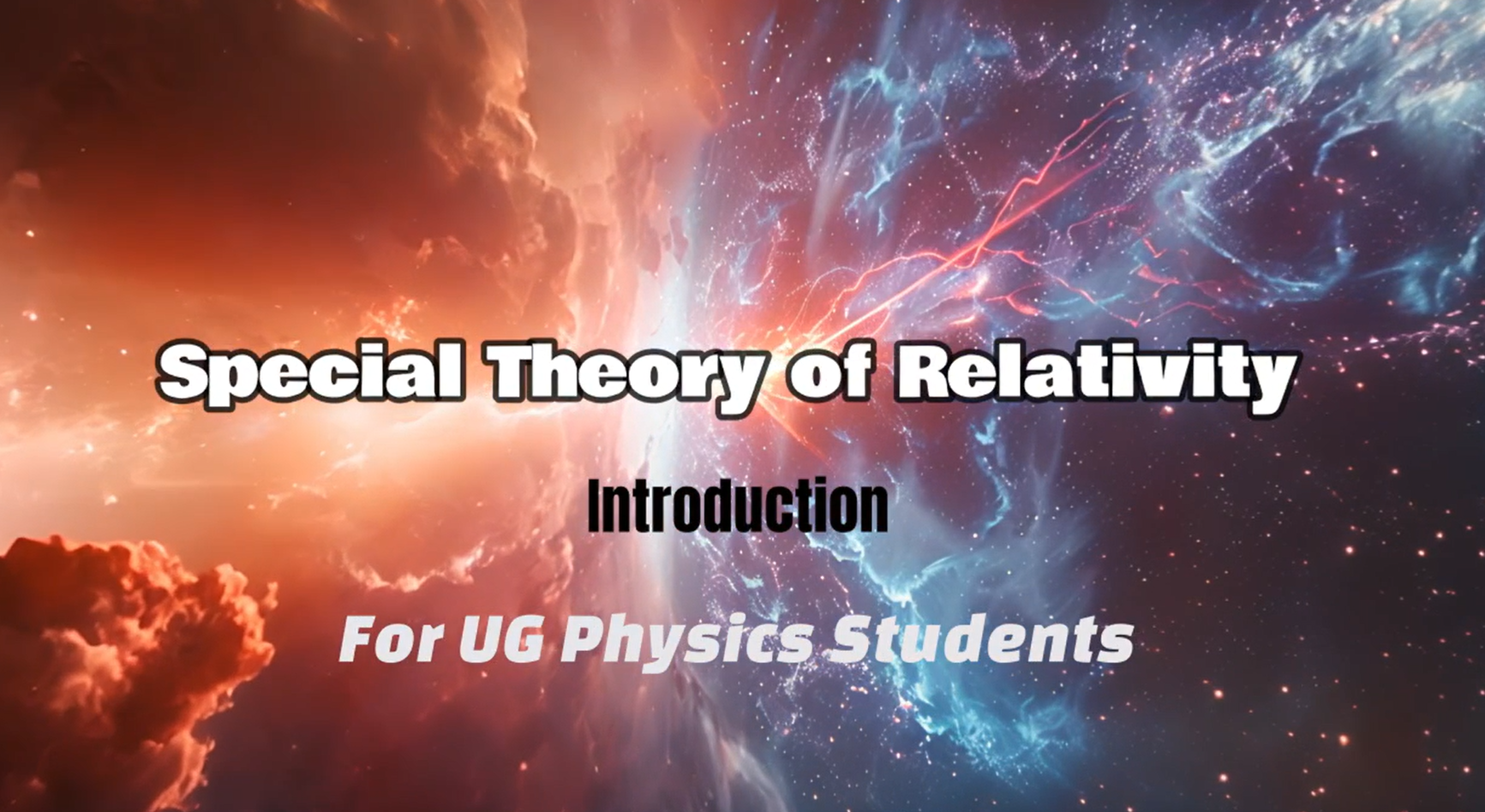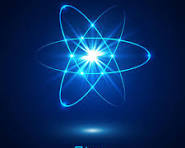
| Course Status : | Upcoming |
| Course Type : | Core |
| Language for course content : | English |
| Duration : | 2 weeks |
| Category : |
science Physics |
| Credit Points : | 2 |
| Level : | Undergraduate/Postgraduate |
| Start Date : | 22 Aug 2025 |
| End Date : | - |
| Enrollment Ends : | 5 Sep 2025 |
| Exam Registration Ends : | - |
| Exam Date : | - |
Here's a general description of course—what it covers, its objectives, and what students can expect to learn.
Lecture 1: Foundations and Postulates of Special Relativity
Introduce the historical context, the two postulates of special relativity, and the concept of inertial reference frames.
Lecture 2: Relativity of Simultaneity and Spacetime
Explore the relativity of simultaneity, introduce the concept of spacetime, and discuss the Lorentz transformation.
Lecture 3: Time Dilation and Length Contraction
Explore the relativity of simultaneity, introduce the concept of spacetime, and discuss the Lorentz transformation.
Lecture 4: Mass-Energy Equivalence and ApplicationsDerive ( E = mc2 ), discuss its implications, and explore applications of special relativity in modern physics.
- Teacher: Admin User

